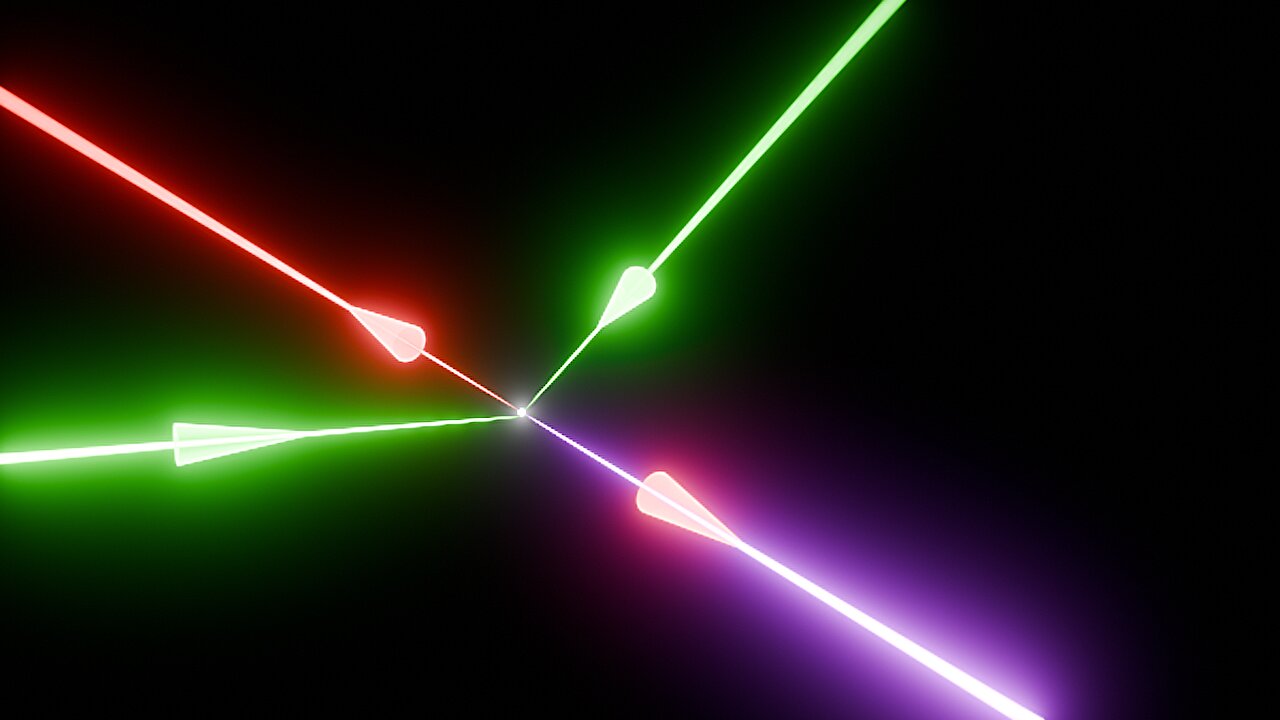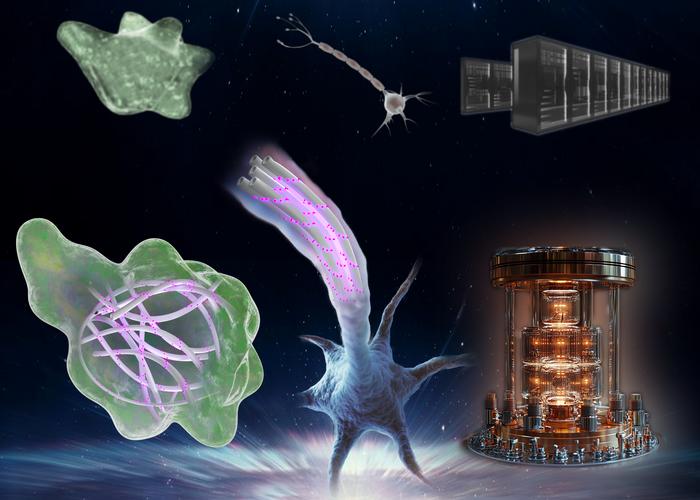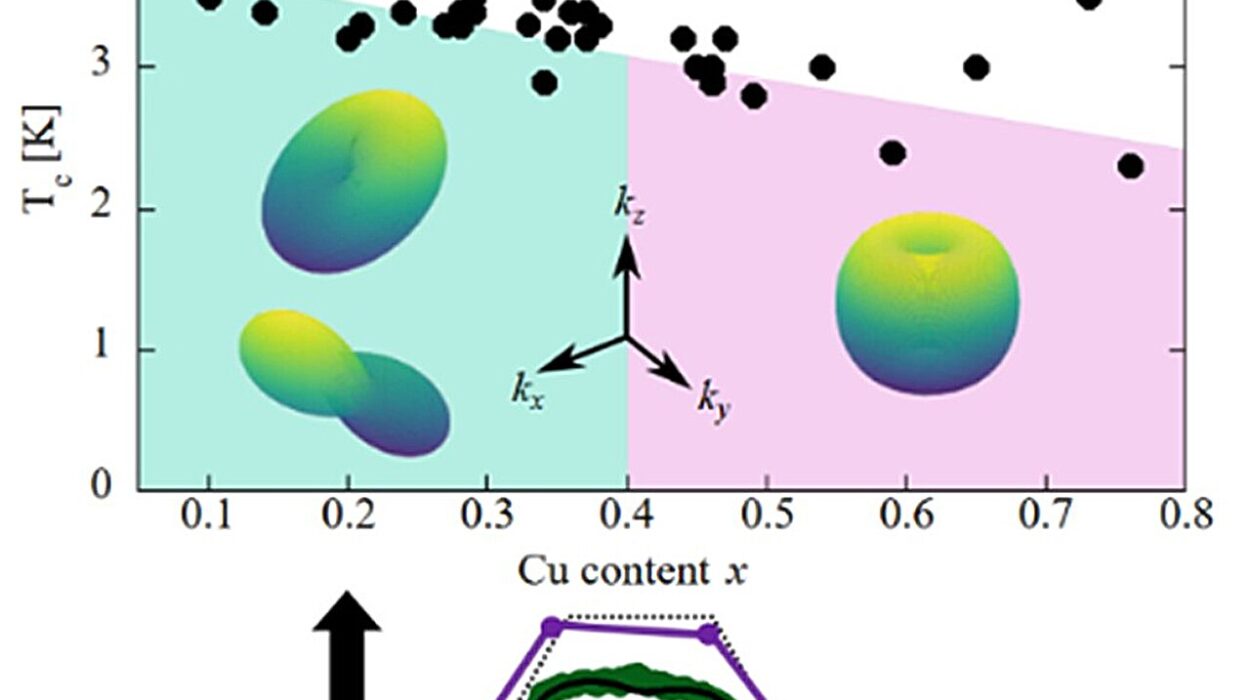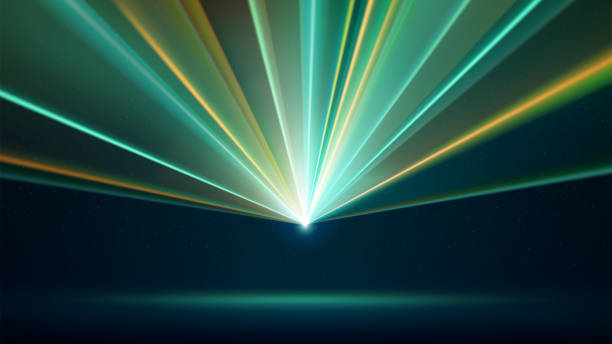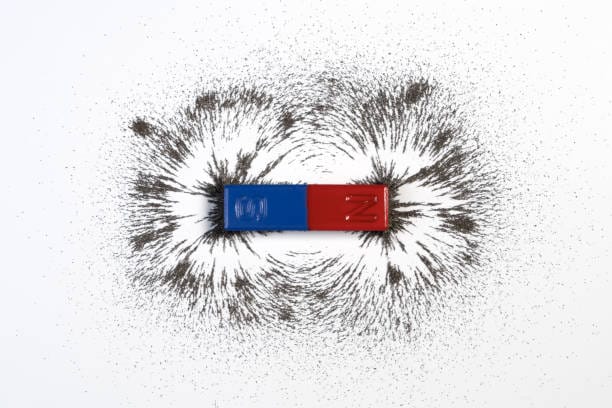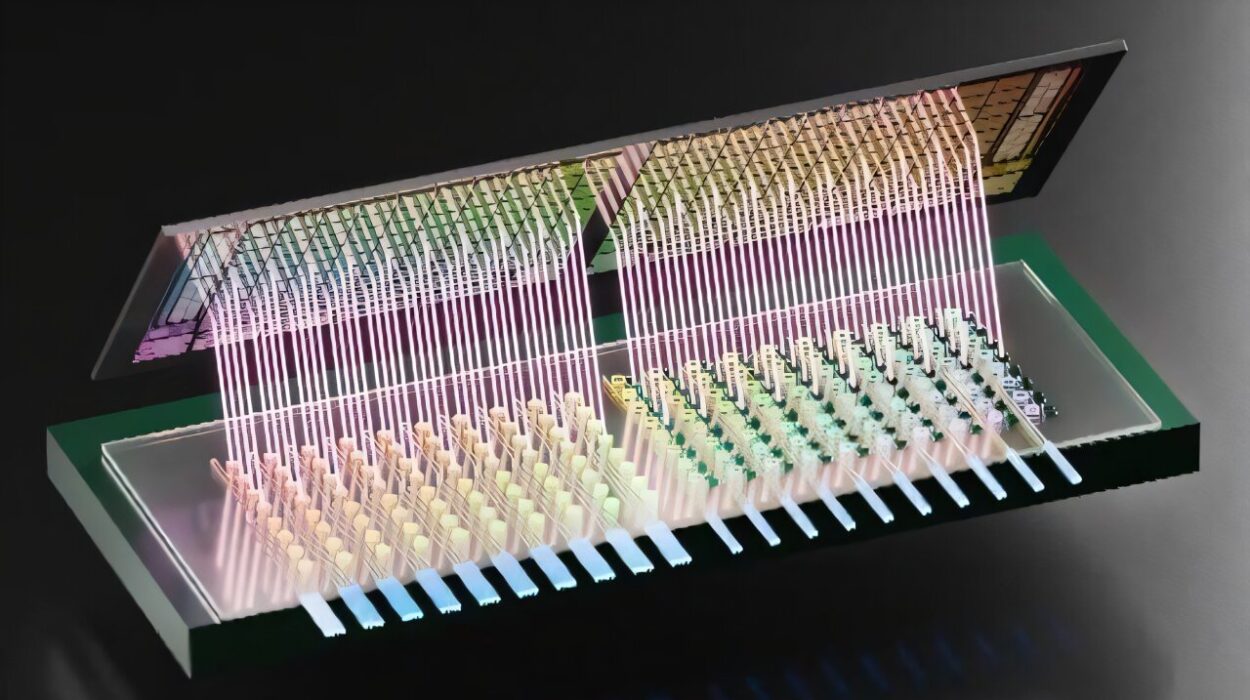For centuries, humans gazed into the night sky and imagined space as a vast, silent nothingness. Even after the birth of quantum mechanics in the 20th century, the notion of a vacuum—emptied of all particles and fields—persisted in our everyday understanding. But modern physics tells a wildly different story. Beneath the apparent stillness of “nothing” lies a restless sea of ephemeral particles, flickering in and out of existence in accordance with Heisenberg’s uncertainty principle. These ghostly presences—virtual electron-positron pairs—populate the so-called quantum vacuum, a frontier where reality teeters between being and non-being.
Now, thanks to a collaboration between researchers at the University of Oxford and the Instituto Superior Técnico at the University of Lisbon, this mysterious arena has been thrust into the spotlight. Using cutting-edge computational modeling, the team has achieved the first-ever real-time, three-dimensional simulations of how intense laser beams can twist, stir, and light up the quantum vacuum—an accomplishment that may be the prelude to experimental breakthroughs with the power to reshape our understanding of light, matter, and the very architecture of the universe.
When Light Collides with Itself
At the heart of this scientific drama is a phenomenon so strange, it defies all classical intuitions: photon-photon scattering, or the ability of light to interact with light.
In the world governed by Newton and Maxwell, light beams pass through each other untouched. Their electric and magnetic fields may overlap, but like ghosts, they never collide. But quantum electrodynamics (QED), the reigning theory of how light and matter interact, predicts otherwise. In regions of extreme intensity, the vacuum becomes nonlinear: it responds to fields in complex, dynamic ways. And in such conditions, photons—particles of light—can influence one another via intermediate virtual particles, effectively bouncing off each other.
This process is known as vacuum four-wave mixing, a term that sounds more like a DJ technique than a physics experiment. In this scenario, three high-powered laser beams converge in space. Their overlapping electromagnetic fields interact with the quantum vacuum, momentarily giving rise to virtual electron-positron pairs. These virtual pairs act as intermediaries, allowing the photons from the original three beams to interact and produce a fourth beam—light from darkness, literally emerging from nothing.
This is not science fiction. It is the bizarre but mathematically robust prediction of quantum field theory. And for the first time, it has been simulated in vivid 3D and in real time, offering scientists a rare look into a world that until now has existed only in equations and speculation.
Simulating the Impossible
To simulate such a phenomenon isn’t easy. It requires modeling not just intense electromagnetic fields, but also the complex behavior of quantum fluctuations within a vacuum—an environment where the rules of classical physics break down entirely.
The Oxford-Lisbon team turned to OSIRIS, a high-powered simulation platform originally developed to model plasma physics and laser interactions. This time, however, OSIRIS was pushed to new extremes. The software had to capture not just the interactions between lasers and matter, but the way intense laser fields interact with the quantum structure of space itself.
Zixin (Lily) Zhang, the lead author and doctoral student at Oxford’s Department of Physics, described the significance of the achievement: “Our computer program gives us a time-resolved, 3D window into quantum vacuum interactions that were previously out of reach. By applying our model to a three-beam scattering experiment, we were able to capture the full range of quantum signatures, along with detailed insights into the interaction region and key time scales.”
What they saw confirmed the surreal predictions of QED. As the beams collided in the simulation, the vacuum responded—not passively, but actively. Virtual particles polarized, fields twisted, and photons scattered. Subtle asymmetries in the geometry of the laser beams resulted in shifts in the timing, direction, and intensity of the scattered light, revealing the sensitivity of the effect to real-world experimental conditions.
This isn’t merely a numerical exercise. These detailed simulations will be crucial in designing physical experiments capable of detecting the elusive photon-photon scattering effect in the lab for the first time.
Preparing for the Era of Extreme Light
Why now? Why is it only in 2025 that we’re on the verge of seeing light scatter from light in a vacuum?
The answer lies in a new class of superlasers—machines so powerful they can replicate conditions akin to those near neutron stars and black holes. Facilities such as the UK’s Vulcan 20-20, Europe’s Extreme Light Infrastructure (ELI), and China’s Station for Extreme Light (SEL) and SHINE are preparing to unleash beams at power levels exceeding 10^23 watts per square centimeter. At these intensities, the vacuum’s quantum structure is no longer hidden. It becomes responsive, malleable, and—astonishingly—observable.
In the United States, the University of Rochester is nearing completion of the OPAL dual-beam 25 petawatt (PW) laser facility, where photon-photon scattering has been chosen as one of three flagship experiments. The Oxford-led simulations will play a vital role in ensuring these experiments are tuned with the precision necessary to detect the fleeting signal of vacuum polarization.
“This is not just an academic curiosity,” said Professor Peter Norreys of Oxford’s Department of Physics, who co-authored the study. “It is a major step toward experimental confirmation of quantum effects that until now have been mostly theoretical.”
A Gateway to New Physics
What makes photon-photon scattering so exciting isn’t just the satisfaction of seeing theory meet experiment. It’s the possibility that these interactions could serve as a gateway to physics beyond the Standard Model.
The models developed by the Oxford-Lisbon team are already being used to explore the implications of exotic particles, such as axions and millicharged particles—hypothetical entities that could constitute dark matter, the mysterious substance making up roughly 85% of the universe’s mass.
If these particles exist, they might subtly influence how photons scatter off one another in vacuum. By comparing precise simulations to the results of future experiments, physicists may detect deviations from QED’s predictions, opening a window into hidden sectors of the universe.
“Our tool doesn’t just simulate known physics,” said Professor Luis Silva of the Instituto Superior Técnico and visiting professor at Oxford. “It provides a flexible platform for probing the unknown. A wide range of planned experiments at the most advanced laser facilities will be greatly assisted by our new computational method implemented in OSIRIS.”
Indeed, the OSIRIS code now includes fine-tuned modules for modeling exotic laser beam configurations, including flying-focus pulses—beams that can shift their focal point over time, effectively dragging the region of peak intensity through space. This allows researchers to explore previously inaccessible regimes of laser-vacuum interaction, further expanding the possibilities for new discoveries.
Quantum Drama on a Cosmic Scale
Beyond laboratory applications, these discoveries resonate with astrophysics and cosmology. In the early universe, when temperatures and field strengths were unimaginably high, vacuum polarization and photon-photon scattering may have shaped the behavior of primordial radiation. Near neutron stars, known as magnetars, the vacuum is thought to behave like a birefringent crystal, splitting light based on polarization—another QED prediction now within reach of verification.
The simulations offer a glimpse into these exotic environments. They act as a bridge between theoretical physics and experimental reality, providing guidance for astronomers observing high-energy phenomena, as well as for engineers designing the next generation of ultra-intense lasers.
This synergy—between cosmic and microscopic, simulation and observation—marks a profound shift in how we study the universe. We are no longer passive observers of distant phenomena; we are recreating the fundamental fabric of reality in our laboratories, bending it to reveal its secrets.
Looking Ahead: Toward a New Quantum Optics
As laser technology continues its relentless advance, the toolkit of physicists is being rewritten. The century-old dream of observing quantum vacuum effects in real time is now on the cusp of realization.
These breakthroughs signal the dawn of a new branch of optics—quantum vacuum optics—where light does more than illuminate; it interacts, transforms, and reveals. In this strange new world, lasers are no longer just tools for cutting metal or scanning barcodes. They are probes of the void, instruments that can peel back the apparent emptiness of space to show its vibrant, turbulent underpinnings.
The Oxford-Lisbon team’s work, published in Communications Physics, stands as a landmark in this journey. With their simulations, we now possess a real-time, 3D map of a phenomenon once considered unknowable. The models provide the precision, flexibility, and depth that experimentalists crave—and theorists dream of.
They also offer something less tangible but equally important: a sense of wonder.
Because what could be more awe-inspiring than summoning light from the darkness—not metaphorically, but literally? What could be more thrilling than watching beams of light, born in human-made machines, dance and scatter in a vacuum that isn’t empty at all, but alive with the whispers of quantum possibility?
In a universe that still guards its deepest secrets, perhaps the most illuminating path forward comes from the light we create—and what it reveals when it passes through the void.
Reference: Zixin Zhang et al, Computational modelling of the semi-classical quantum vacuum in 3D, Communications Physics (2025). DOI: 10.1038/s42005-025-02128-8
